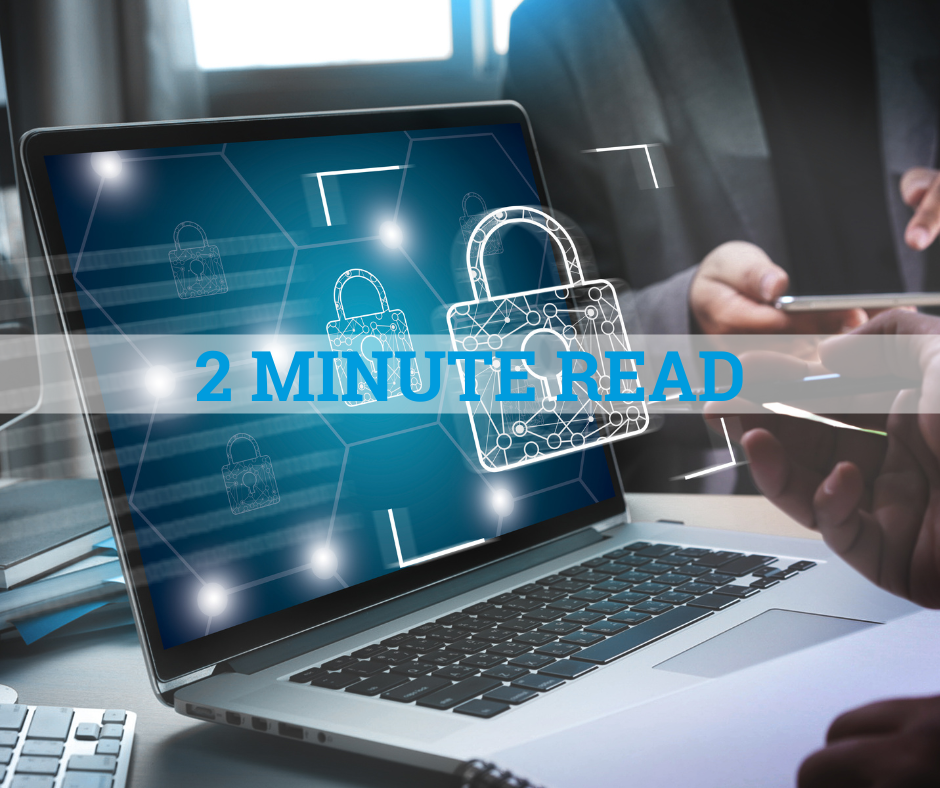
As a small business owner, you wear many hats, from managing payroll to ensuring the safety of your employees; you do it all. As technology advances, phishing attacks have become more prominent, especially for small business owners. Phishing is a type of social engineering attack often used to steal user data, including login credentials and credit card numbers. It typically occurs when an attack dupes a victim into opening an email, instant message, or text message. The recipient is then tricked into clicking a malicious link which can lead the attacker to install malware. Malware freezes the system as part of a ransomware attack revealing sensitive information. A report showed that in the middle of 2022, the Anti-Phishing Working Group (APWG) observed 1,270,883 total phishing attacks.
Understanding The Effects Of Phishing On Your Business
Small businesses are a popular target for phishing attacks because they often have smaller cybersecurity budgets and weaker security measures in place. A phishing attack has overwhelming results. Should it happen to an individual, it can include unauthorized purchases, stealing of funds, or identity theft. If a business is attacked, you could sustain severe financial losses, reputation, consumer trust, legal action, and regulatory penalties. As a small business owner, you don’t have the time or expertise to handle a situation at this level.
There are many tactics that these cybercriminals utilize when attacking a small business. Most commonly seen is an email sent out which appears to be from a legitimate source, such as a financial institution or vendor you frequently do business with. Within the email, there’s a link that redirects an employee to a fake website where they’re asked to enter personal or financial information. These phishing emails are used to install malware on your business’s network or carry out a ransomware attack. Once the malware is installed on your network, it can access your business data and systems. I think you can guess what happens next.
How To Prevent Phishing Attacks
While these cyber attackers are very smart and good at what they do, phishing attacks are avoidable if you know how to identify and prevent them correctly. Understand the following tips for identifying and preventing phishing scams:
- Know what a phishing scam looks like
- Don't click on links unless you are 100% sure what they are - The safest way is to enter the website in your own browser
- Get free anti-phishing add-ons
- Don't give your information to an unsecured site
- Rotate passwords regularly
- Don't ignore updates
- Install firewalls
- Don't be tempted by pop-ups
- Don't give out vital information via email
- Have a data security platform to spot signs of an attack
The Benefits Of Partnering With GMS
While you can take the above steps to prevent phishing attacks within your business, partnering with Group Management Services (GMS) will provide you with additional resources. The first and most crucial step when preventing these attacks is education. When you partner with GMS, you gain access to our learning management system (LMS). Within this system, you and your employees can take continued education courses on what phishing looks like and additional measures you should be taking.
Brett Kowalski, GMS’ IT Director, stated, “Having a strong cybersecurity program in place should be a top priority for business owners in today’s climate. Educating your workforce is the key to protecting your company’s data as well as preventing potential attacks. The hackers are getting increasingly sophisticated in their attempts to obtain information, which is why business owners must invest in a credible program or service offering to stay on top of the current trends within cybersecurity.”
Interested in learning more? Contact us today.